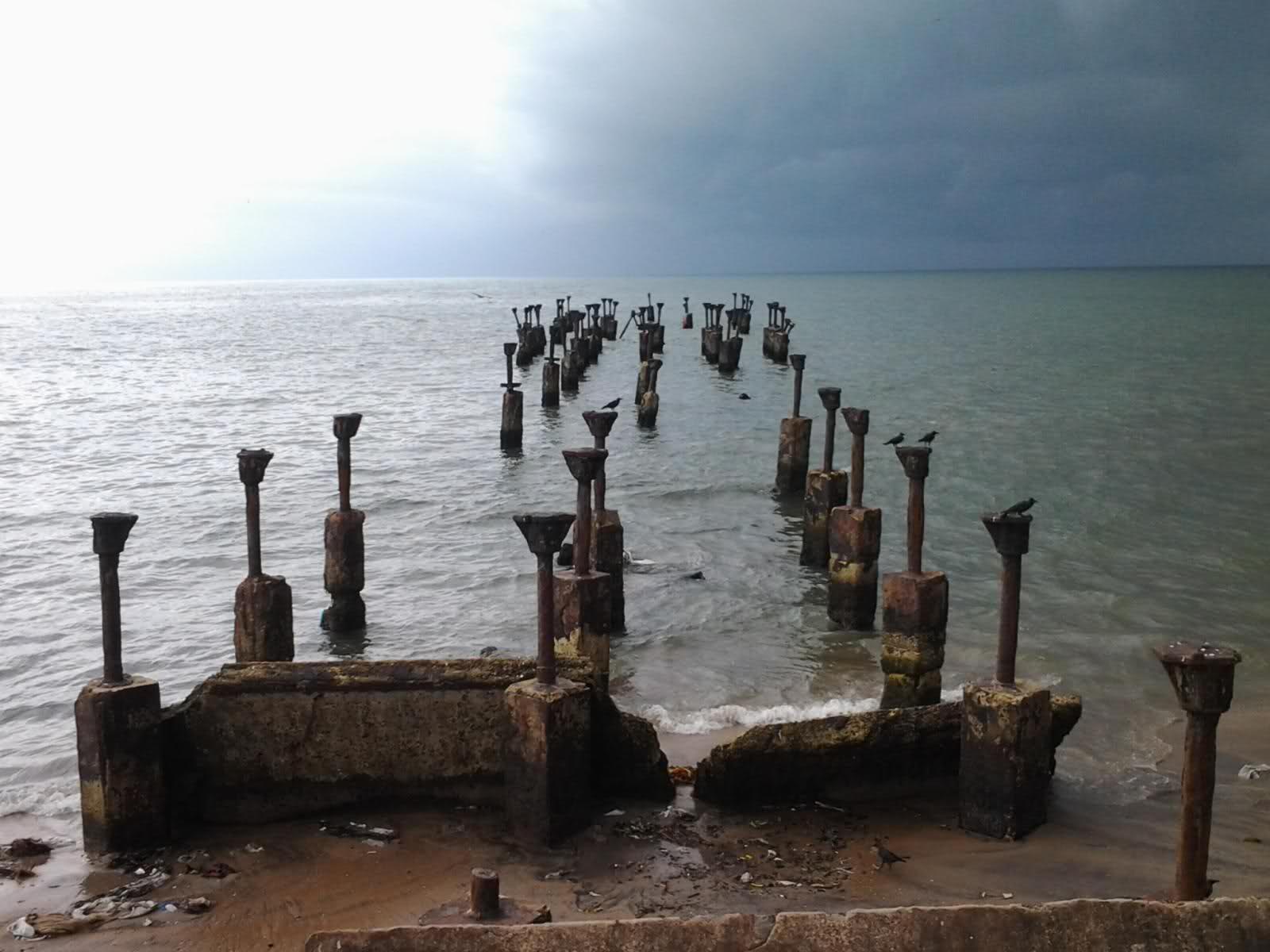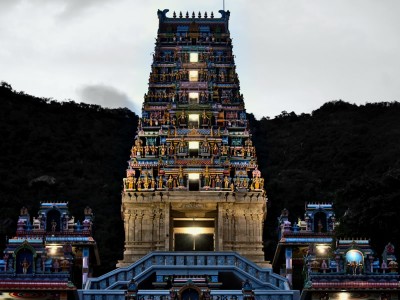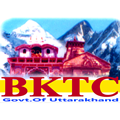Coimbatore Travel and Tourism Guide
The city is situated on the Banks of the river Noyyal. Coimbatore existed prior to the 2nd century AD as a small village capital called Kongunad until it was brought under the Chola control in the 2nd or 3rd century AD by Karikalan, the first of the early Cholas. The other great rulers of this city were the Rashtrakutas, Chalukyas, Pandiyas, Hoysalas and the Vijayanagara kings. The small village was also named as ‘Covanpudur’ after the leader of this group, whose name was ‘Covan’. According to the ‘Cholan Poorva Pattayam’ in the Madras Oriental Manuscript Library, this Covanpudur later changed as Coimbatore when Kongunad fell to the hands of British along with the rest of the state. Its name was changed to Coimbatore and it is by this name that it is known today. The migration of the Vedic people into the heart of the Tamil country also seemed to have taken its route through the Kongu country. They entered the mountain passes of the Satyamangalam Ghats as the first settlers of the Brahminical sect called “The Brahatcharanam”. In earlier times the Three Sovereigns of the Tamil country were the Cheras, the Cholas, and the Pandyas. There is a mention that the victory over the Kongu country to be one of the greatest events in their war – like annals.
The History of the Kongu country was an integral saga and was of great value for the compilation of the history of Tamilnadu as a whole. In the dawn of historical period, the ancient Kongu country was ruled over by the Velir chiefs. An active trade between Kongu and the classical Roman world had attained its peak during that period. After the close of the Sangam epoch from about 300 A.D. – 600 A.D., there is almost a total lack of coherent information regarding events in this Tamil land. It was said that the Kalabaras, who were described as the evil rulers overthrew many kings of the land and got a strangle hold of the country.
The South – Western part of Kongu was under the control of the Chera kings who were then confined only to the Southern part of the present Kerala. The South – Eastern Kongu was in possession of the Pandya kings. The copper plates of the early Pandya rulers of this period have also been discovered. The Atiya chiefs and the Kadavas held posession over some parts of Northern Kongu. This dynasty throws more light on the many unsolved problems of the history of Tamilnadu. The Hindu religion made considerable progress during that period. Sundaramurtigal, one of the four great Nayanmars who lived in that period had visited the Temples of Kongu. Art and Architecture also flourished with elegance as in the other parts of the Tamil land and some masterpieces of stone sculpture of the Kongu style came into existence. Literary activities also increased. “Perumkatai” a Tamil version of the Brahatkata, Purap – porul, Venbamalai were composed during that period. During the later half of the 9th century, the entire Kongu, except the south and south – western parts fell into the hands of the imperial Cholas of Tanjavur, while the south and south – western parts of Kongu were still under the control of the Pandyas and the Chera kings of the Perumal dynasty. By the middle of the 10th century, Kongu came under autonomous rule of the members of the collateral Chera family. They bore the titles and the name of the imperial Cholas. The collateral Chera rulers ruled over Kongu for nearly 300 years and after their decline, the Pandyas took possession for some time. The Hoysala kings also ruled over Kongu after the Pandyas. Then Kongu fell under the Muslim rule. The Kilji sultans of Delhi, after consolidation of their power in northern India, began to cast their covetous eyes on the south and they were followed by Thughlaks.
Colonies of Muslim soldiers found lodgement in several parts of the country. Temples were plundered and demolished and mosques were erected in numerous Places. Hindu society faced a new peril during that period.
The Hoysala kings also ruled over Kongu after the Pandyas. Then Kongu fell under the muslim rule. The Kilji sultans of Delhi, after consolidation of their power in northern India, began to cast their covetous eyes on the south and they were followed by Thughlaks.
Colonies of muslim soldiers found lodgement in several parts of the country. Temples were plundered and demolished and mosques were erected in numerous places. Hindu society faced a new peril during that period. The Vijaynagara kingdom emerged to counteract all this. It was in Kongu that the Vijayanagara rule was first established before it expanded to the other parts of the Tamil land. During this period the outlook of Hindus developed new standards. The literature and the temple arts again began to grow afresh. Telugu and Kannada languages were given large support and great encouragement. Telugu and Kannada people such as the Kammalars, Kaikolars, Reddis established their settlements in the Kongu country during this period. On the decline of Cholas the Kongu territory was occupied by the Chalukyas and then by the Pandyas and the cysalas. Due to internal strife in the Pandyan kingdom the Muslim rulers from Delhi happened to interfere. Thus the area fell into the hands of Madurai Sultanate from whom the Vijayanagar rulers wrestled for the region during 1377 – 78 after overthrowing the Madurai Sultanate. For a few years the area remained under independent control of Madurai Nayaks. A sangam verse that praises Nannan, the Velir chief of the Coorg and Mysore region, referred him as ‘Ponnam – kanni Nannan’. Since the Kongam flowers are yellow in colour, like the gold, ‘Ponnam – Kanni’ was described as a beautiful garland of the gold like yellow Kongum flowers. It is also mentioned in a verse of Perumkadai of Konguvel, that Barugur and North Coimbatore plateau formed the Southern extension of the Mysore plateau and had plenty of Kongam or Kongilavam trees. The naickers of Madurai, and then Mysore Kings ruled the area for some time. During the period of Muthu Veerappa Nayak and later during the period of Tirumal Nayak internal strife and intermittent wars ruined the kingdom.
As a consequence during the period of Tirumal Nayak, the Kongu region fell into the hands of the Mysore rulers from whom hyder Ali took over the area. However, consequent on the fall of Tippu Sultan of Mysore in 1799, the Kongu region came to be ceded to the East India Company by the Maharaja of Mysore who was restored to power by the East India Company after defeating Tippu Sultan. From then till 1947 when India attained Independence, the region remained under British control who initiated systematic revenue administration in the area. HyderAli and Tippu Sulthan fought with the British frequently. So this area was changing hands frequently. In 1790, Tippu Sulthan succeeds the British and took control. In 1799 fight at Mysore, the British succeeded Tippu and started ruling Coimbatore till the Independence of India. After the death of Tippu, the then Governor General Welhousi Prabu, took possession of Tippu’s assets. They authorised the former King Krishnaraya Udayar to rein Mysore. Authorised Nizam of Hyderabad to reign Ooty, Gurramkonda etc. They controlled Kannadam, Vayanadu, Coimbatore, Erode, Dharapuram etc. Since the area of Coimbatore was large they bi – furcated Coimbatore into two. To the northern part, some areas of Salem were added. The southern part of Coimbatore was head quartered at Dharapuram and Coimbatore District was formed in 1804. Coimbatore became Municipality in 1866 with a population of 24,000. The reason for the city’s name is that a Kongu King called Kovan ruled this region and hence the name Kovanpudur which evolved and became anglicized as Koyambuthur, Koyamuthur and Coimbatore.








